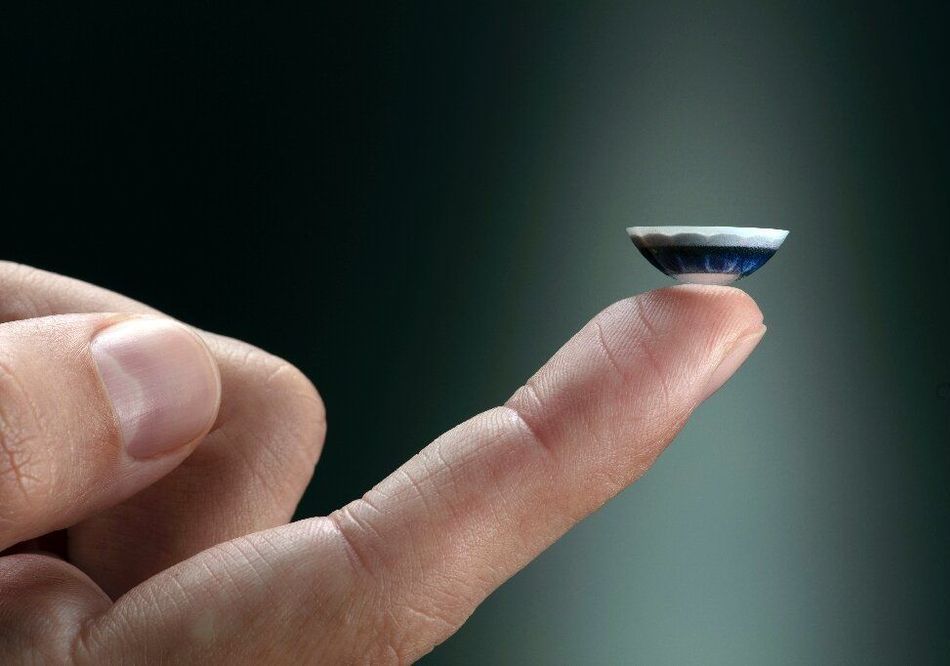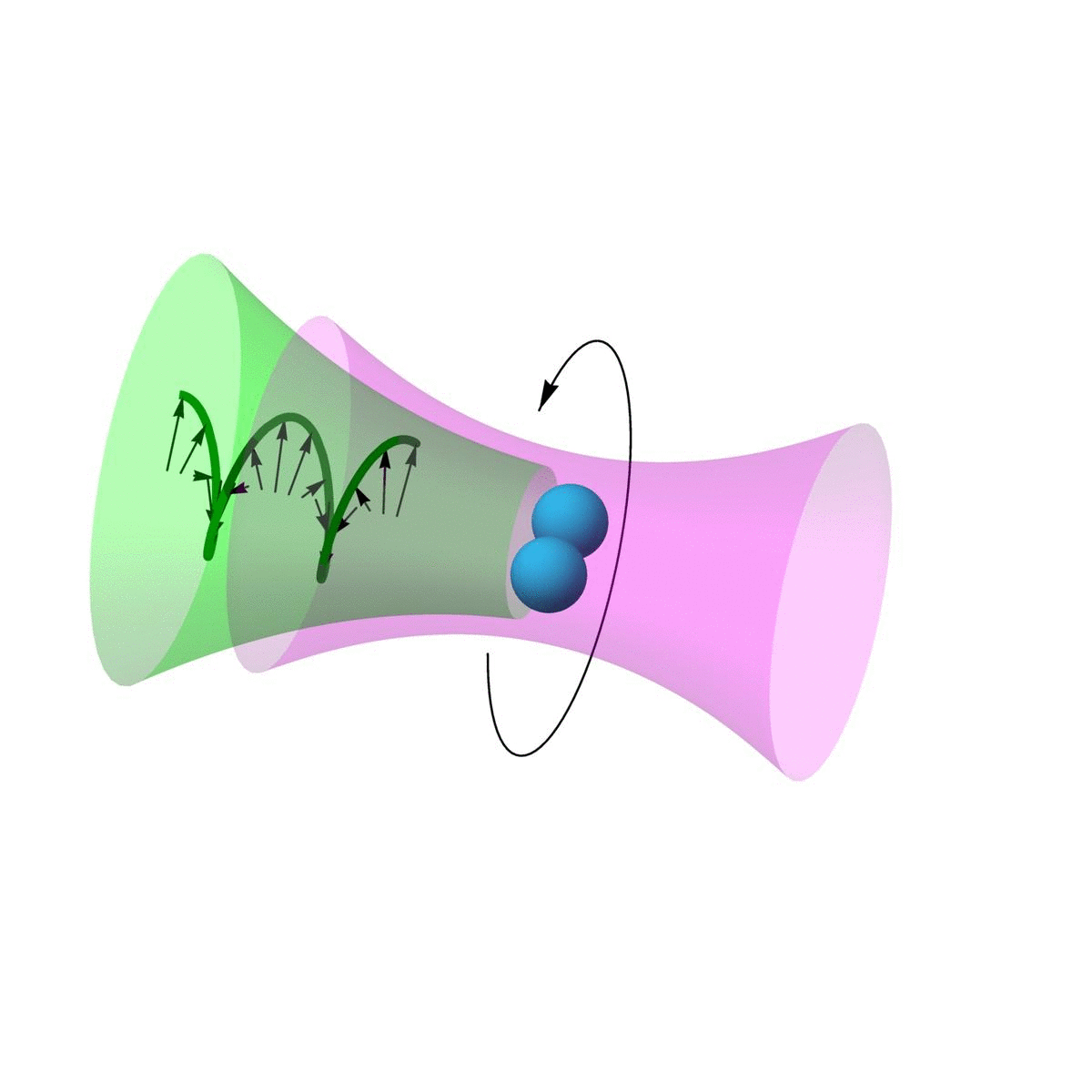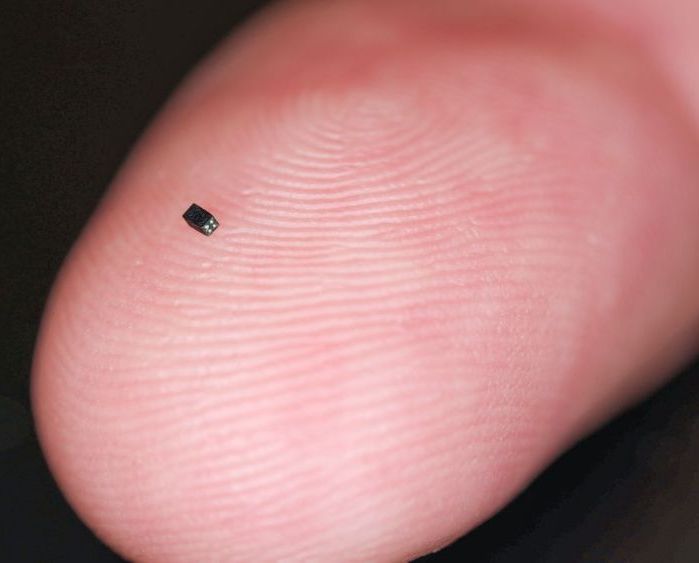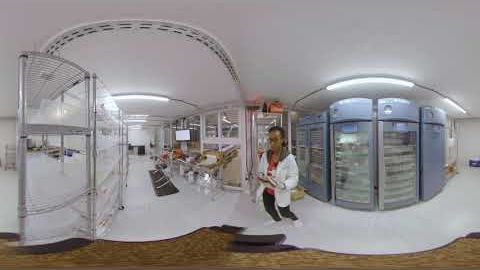Jan 17, 2020
This Sci-Fi-Inspired Device Could Replace Bulky, Expensive X-Ray Machines
Posted by Shane Hinshaw in categories: biotech/medical, nanotechnology
We’re still a long way from Star Trek-style tricorders that can instantly diagnose disease, but medical startup Nanox is hoping to bring a little of the 24th century to a hospital near you. The company has unveiled a new low-cost X-ray scanner called the Nanox. Arc. It hopes to deploy 15,000 units in the coming years, with the aim of making medical scans more available and affordable.
Nanox was founded in 2016 by Japanese venture capitalist Hitoshi Masuya in partnership with Sony. The consumer electronics giant later bowed out, but Masuya joined forces with current CEO Ran Poliakine to split the company’s operations between Israel and Japan. Nanox has now raised a total of $55 million to fund the development of Nanox. Arc, which supposedly offers the same capabilities of traditional X-ray machines with a much smaller footprint and lower operating costs.
Current X-ray machinery is bulky, requiring arrays of rotating tubes with superheated filaments that produce electron clouds. When moved near a metal anode, the filament produces the X-rays needed for imaging. These giant analog contraptions require heavy shielding to keep patients safe, and they use a lot of power. There’s also a substantial upfront cost that can run $2–3 million. The Nanox. Arc, on the other hand, uses silicon micro-electromechanical systems (MEMs) in the form of more than 100 million molybdenum nano-cones that generate electrons.


















